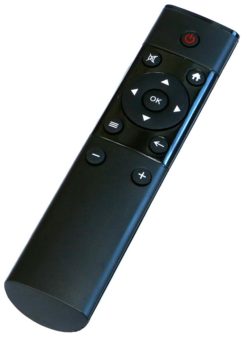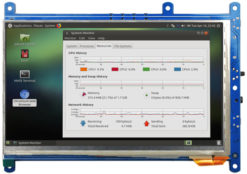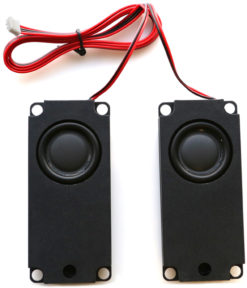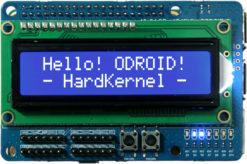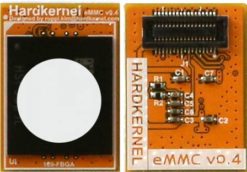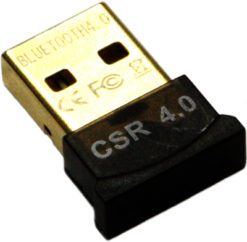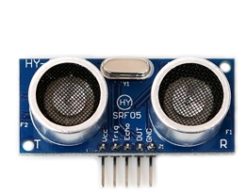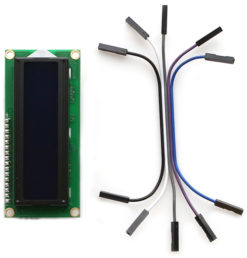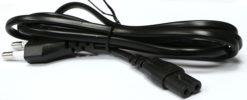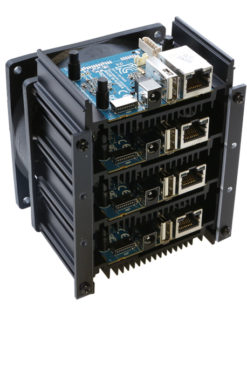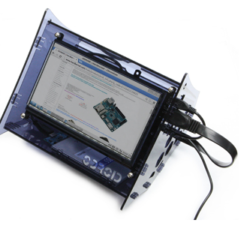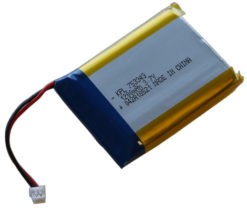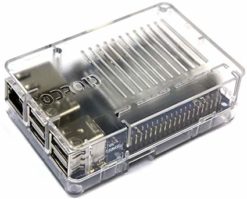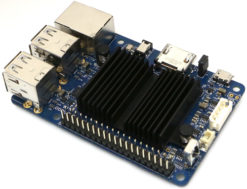(DISCONTINUED)ODROID-C0
₩29
OBSOLETED
This product is no longer available.
For Bank transfer
| Tier | Discount rate |
|---|---|
| 25 ~ 99 | 2% |
| 100 ~ 299 | 3% |
| 300 ~ and more | 4% |
품절
ODROID-C0
The ODROID-C0 is a computer for those who wish to make a more flexible and portable applications. It is a minimized hardware version of the ODROID-C1+. Battery power circuit is fully integrated. Just attach a 3.7V Li+ battery and make it mobile. It is highly suitable for IoT projects, wearables, and other applications that require a lightweight device.
All the ODROID-C1/C1+ OS images are fully compatible with the ODROID-C0. Some of the modern operating systems that run on the ODROID-C0 are Ubuntu, Android, Arch Linux, Debian, and OpenELEC, with thousands of free open-source software packages available. There are also plenty of custom OS available for using the ODROID-C0 as a multimedia center, Kodi, gaming station, headless server and much more at our ODROID community.
The key features and improvements over the original ODROID-C1+:
* Amlogic ARM® Cortex®-A5(ARMv7) 1.5Ghz quad core CPUs
* Mali™-450 MP2 GPU (OpenGL ES 2.0/1.1 enabled for Linux and Android)
* 1Gbyte DDR3 SDRAM
* eMMC4.5 HS200 Flash Storage slot / UHS-1 SDR50 MicroSD Card slot
* 40pin + 7pin GPIOs (unpopulated)
* USB 2.0 Host x 2 (unpopulated)
* Infrared(IR) Receiver (unpopulated)
* Li+ rechargeable battery charger for wearable and robots application
* Battery voltage level is accessible via ADC in the SoC.
* DC/DC step-down converters for higher power efficiency
* DC/DC step-up converter for 5Volt rails (USB host and HDMI) from a Li-Polymer battery
* DIY friendly C0 Connector Pack is available for handy prototyping
OS Image files and BSP source code are available in our WiKi : https://wiki.odroid.com/odroid-c1/odroid-c1#odroid-c0
Full User Manual : http://goo.gl/iWGYcz
* An additional MicroSD card or an eMMC module is required to install the OS. We recommend the eMMC module as it has much higher performance than standard MicroSD cards.
The ODROID-C0 is a low cost and light weight variant to the original ODROID-C1+ model. The PCB size is reduced about 24% and the weight is reduced to 16g from 40g.
– Adding a Li-polymer battery management IC.
– Remove the Gbit Ethernet connectivity.
– Reduce the number of USB host ports to two from four.
– Remove the USB-OTG port.
– Unpopulated a few connectors for various DIY projects.
Make your own projects
INTRODUCTION
OpenGL ES and XBMC on Ubuntu
OpenGL ES2.0 with myAHRS+ on Ubuntu
C Tinkering Kit
16×2 LCD+IO Shield
Make Android Game Station
SPECIFICATIONS
| Processor | Amlogic S805 SoC ARM® Cortex®-A5 (ARMv7) 1.5GHz Quad Core ARMv7 architecture @28nm wafer |
| Memory | 1Gbyte DDR3 RAM 792Mhz |
| 3D Accelerator | ARM® Mali™-450 MP2 OpenGL ES 2.0 / 1.1 |
| Flash Storage | eMMC Module Socket : eMMC module (option) MicroSD Card Slot : 8~128GB MicroSD UHS-1 (option) |
| USB2.0 Host | High speed standard A type connector x 2 ports |
| Video Output | HDMI |
| Audio Output | HDMI, I2S |
| Real Time Clock | On-board RTC function with a coin-shaped backup battery connector |
| IO Expansion | 40pin port (GPIO/UART/SPI/I2C/ADC) 7pin port (I2S) |
| WiFi | USB IEEE 802.11b/g/n 1T1R WLAN with Antenna (USB module) (option) |
| Power | 5V 2A Power (option) 3.7V Li+ battery power |
| System Software | Ubuntu 14.04 + OpenGL ES on Kernel 3.10 LTS Android 4.4.x on Kernel 3.10 LTS Full source code is accessible via our Github. |
| PCB Size | 58 x 56 x 11 mm approx. (Weight : 16 gram w/o heat sink, 30 gram with an optional heat sink) PCB Thickness : 1.0mm |
Compatible Products
연관 상품
Obsolete Products
Obsolete Products
Obsolete Products
(DISCONTINUED)ODROID-VU7A Plus: 7inch HDMI display with Multi-touch and Audio capability
Obsolete Products
Obsolete Products
Obsolete Products
Obsolete Products

 English
English







